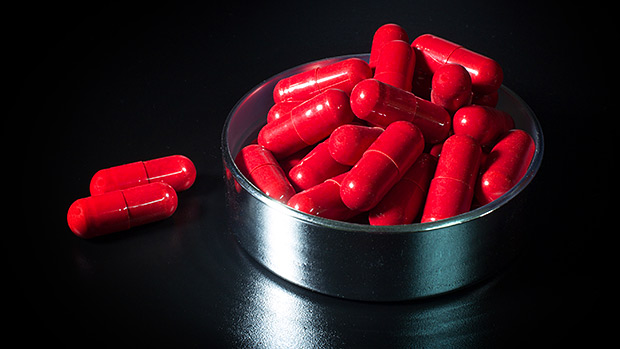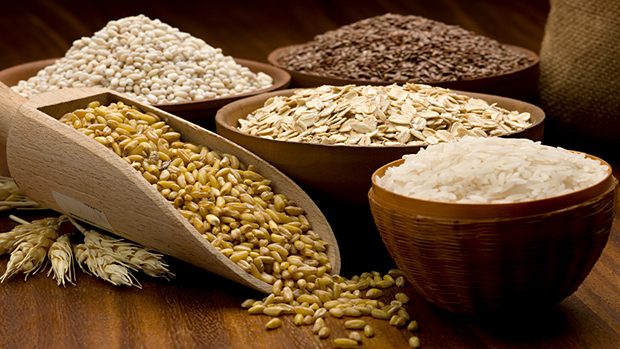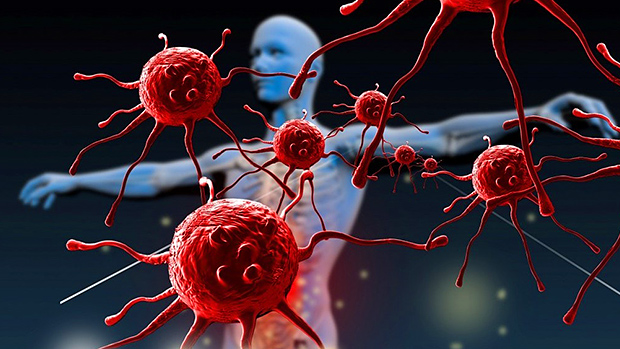There's a type of pain known to most athletes over 30 and virtually all athletes over 40. Gym people often call it "Old Man Ache." It's not in the science journals and it's generally treated by a lot of swearing – that, or some Advil.
There's a better way to address it, though.
Enter the Remedy: French Tree Bark
Pycnogenol is a super supplement extracted from the French maritime pine tree. As an antioxidant, it's 25 times stronger than vitamin C and 50 times stronger than vitamin E. (1) It's also known to reduce systemic inflammation by lowering levels of the inflammatory marker NFkB (Nuclear Factor Kappa B) (2), as well as levels of C-reactive protein. (4)
More specifically, it seems to target the inflammation of joints while also conveying some nice benefits to tendons. (3) The substance may also lower blood glucose, which in turn further reduces systemic inflammation. (5)
And, as a bonus that really has nothing to do with aches and pains, it elevates levels of nitric oxide (NO), which, while improving circulation, also leads to stronger erections.
How to Take Pycnogenol
Through years of trial and error, I've found that it's best to take the supplement prior to bed. While some researchers claim that this practice leads to restlessness, I've not found it to be the case, nor does it seem to be a problem with the bulk of users.
My suggestion is to take between .8 and 1.25 mg. per pound of bodyweight at bedtime, depending on whether you're using it for "maintenance" or to promote some real healing. (That works out to be anywhere from 160 to 250 mg. for a 200-pound man.)
Pycnogenol seems to have some synergism with vitamin C, so consider taking it with 2-3 grams of a time-release version.
How Will I Know It's Working?
You should notice that your "Old Man Ache" is reduced or even completely gone in a day or two. Use the morning walk to the bathroom as your barometer. You may also notice a little less soreness from workouts in general.
- Olaifa, F. H., Ayo, J. O., Aluwong, T., Rekwot, P. I., & Zakari, F. O. (2018). "Ergonomic study of donkeys administered with Pycnogenol and subjected to packing during the hot-dry season in Northern Nigeria," Tropical Animal Health and Production,51(2), 389-394.
- Trebatick á, J., Kopasov á, S., Hradečn á, Z., Činovský, K., Škod á ček, I., Šuba, J., Ďuračkov á, Z. (2006). "Treatment of ADHD with French maritime pine bark extract, Pycnogenol," European Child & Adolescent Psychiatry,15(6), 329-335.
- Jessberger, S., Högger, P., Genest, F., Salter, D. M., & Seefried, L. (2017). "Cellular pharmacodynamic effects of Pycnogenol in patients with severe osteoarthritis: a randomized controlled pilot study," BMC complementary and alternative medicine, 17(1), 537.
- Nikpayam, O., Rouhani, M. H., Pourmasoumi, M., Roshanravan, N., Ghaedi, E., & Mohammadi, H. (2018). "The Effect of Pycnogenol Supplementation on Plasma C-Reactive Protein Concentration: a Systematic Review and Meta-Analysis," Clinical nutrition research, 7(2), 117-125.
- Liu, X., Wei, J., Tan, F., Zhou, S., Würthwein, G., & Rohdewald, P. (2004). "Antidiabetic effect of Pycnogenol French maritime pine bark extract in patients with diabetes type II," Life Sciences, 75(21), 2505-2513.





